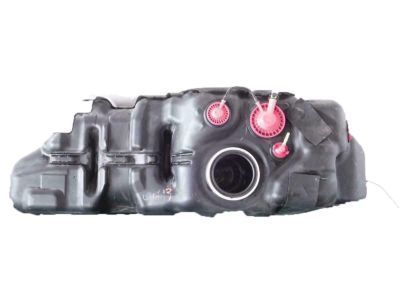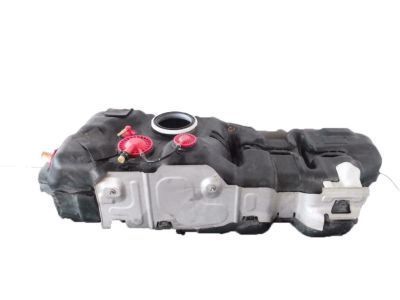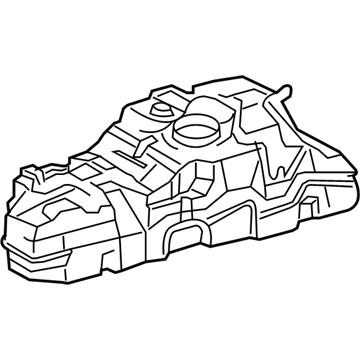×
ToyotaParts- Hello
- Login or Register
- Quick Links
- Live Chat
- Track Order
- Parts Availability
- RMA
- Help Center
- Contact Us
- Shop for
- Toyota Parts
- Scion Parts
My Garage
My Account
Cart
OEM 2004 Toyota 4Runner Fuel Tank
Gas Tank- Select Vehicle by Model
- Select Vehicle by VIN
Select Vehicle by Model
orMake
Model
Year
Select Vehicle by VIN
For the most accurate results, select vehicle by your VIN (Vehicle Identification Number).
1 Fuel Tank found

2004 Toyota 4Runner Tank Assembly, Fuel
Part Number: 77001-3D510$1063.82 MSRP: $1559.05You Save: $495.23 (32%)Ships in 1-3 Business DaysProduct Specifications- Other Name: Tank Sub-Assembly, Fuel; Fuel Tank
- Part Name Code: 77100
- Item Weight: 28.40 Pounds
- Item Dimensions: 37.4 x 31.9 x 11.9 inches
- Condition: New
- Fitment Type: Direct Replacement
- SKU: 77001-3D510
- Warranty: This genuine part is guaranteed by Toyota's factory warranty.
2004 Toyota 4Runner Fuel Tank
Looking for affordable OEM 2004 Toyota 4Runner Fuel Tank? Explore our comprehensive catalogue of genuine 2004 Toyota 4Runner Fuel Tank. All our parts are covered by the manufacturer's warranty. Plus, our straightforward return policy and speedy delivery service ensure an unparalleled shopping experience. We look forward to your visit!
2004 Toyota 4Runner Fuel Tank Parts Q&A
- Q: How to service and repair the fuel tank assembly on 2004 Toyota 4Runner?A: Before performing any service or repair work on the fuel tank assembly the operator should protect against gasoline spillage. The center floor hole cover removal begins when the rear No. 1 seat assemblies are held on both sides while removing the tear-off floor mat followed by unscrewing 3 screws and disconnecting 2 connectors. You should remove the fuel filler pipe's fuel-tank-to-filler-pipe hose to drain the fuel into a container. The mission jack must support the fuel tank protector before you unfasten the 6 bolts to detach it. Users should disconnect the fuel tank main tube and return tube by pinching retainer tabs to free lock claws and pulling out the tubes while checking for any dirt contamination near the quick connector. Remove the fuel tank breather tube through a tab retention pinch followed by disconnecting the fuel tank vent hose by pushing its connector deep inside and pinching a designated area before pulling it out. Thread the assembly through the mission jack to remove it followed by unbolted 2 bolts, 2 fuel tank bands and disconnecting the fuel tank. According to the maintenance manual remove the fuel tank cushion by disregarding two joint clips and extracting the tubes while maintaining a clean area around the quick connector. SST 09808-14020 allows removal of the fuel suction tube assembly when performed by loosening the retainer while pulling out the assembly before removing the gasket. Step one to detach the fuel tank breather tube sub-assembly consists of pushing the retainer tab forward to remove the assembly. The gas tank requires a new filler hose after removing its inlet hose. The installation of the breather tube sub-assembly requires pushing the connector to the pipe until it clicks then installing the retainer while inspecting the area for damage or foreign debris. The fuel suction tube assembly must be installed with a new gasket while verifying that the fuel sender gauge arm remains straight before tightening the retainer with SST 09808-14020. Users must connect the fuel tank main tube and return tube with a joint clip after inspecting for scratches and foreign objects. Afterward they must install 3 new fuel tank cushions. The tank should be suspended by a mission jack before securing it with 2 fuel tank bands and bolts which need to be torqued to 40 N.m. Next, establish secure connections between the breather tube sub-assembly with the main and return tubes. Install the six fuel tank protector bolts that require 20 N.m torque before connecting the fuel tank to the filler pipe hose and verifying tank leakage.














